Belfast, UK — The wall in West Belfast that separates a Catholic neighborhood from its Protestant neighbors stands at least 25 feet tall. It’s made of iron, concreate and steel. In the evening the gates are closed and locked from 7:00 pm to 6:00 am. This is not Belfast in 1972. It is Belfast in 2022. Built by British troops to prevent violence in 1969, it’s called a peace wall, but the wall has separated these two communities for almost 54 years
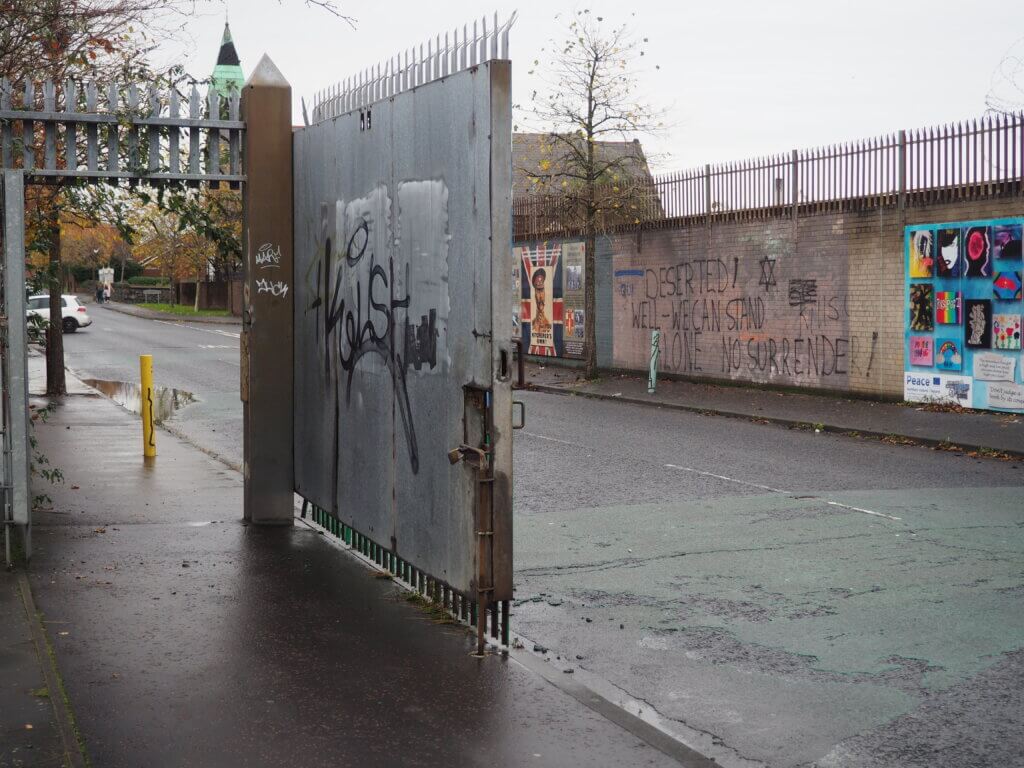
The Good Friday Agreement signed on April 10, 1998 brought peace and prosperity to Belfast. Today travelers flock to city center to go on Game of Thrones Tours, shop for the latest fashions at Victoria Square and visit the Titanic Quarters. Belfast is the city where the Titanic was designed and built before its tragic maiden voyage, but here in West Belfast you can still see the sectarian divide. For many residents the memories are still painful and the trauma of “The Troubles” is real. Catholics and Protestants don’t mix together. They have their own separate clubs, shops and doctors. Worst of all the hate is being passed down to a new generation. Ninety percent of Catholic and Protestant kids attend separate schools.
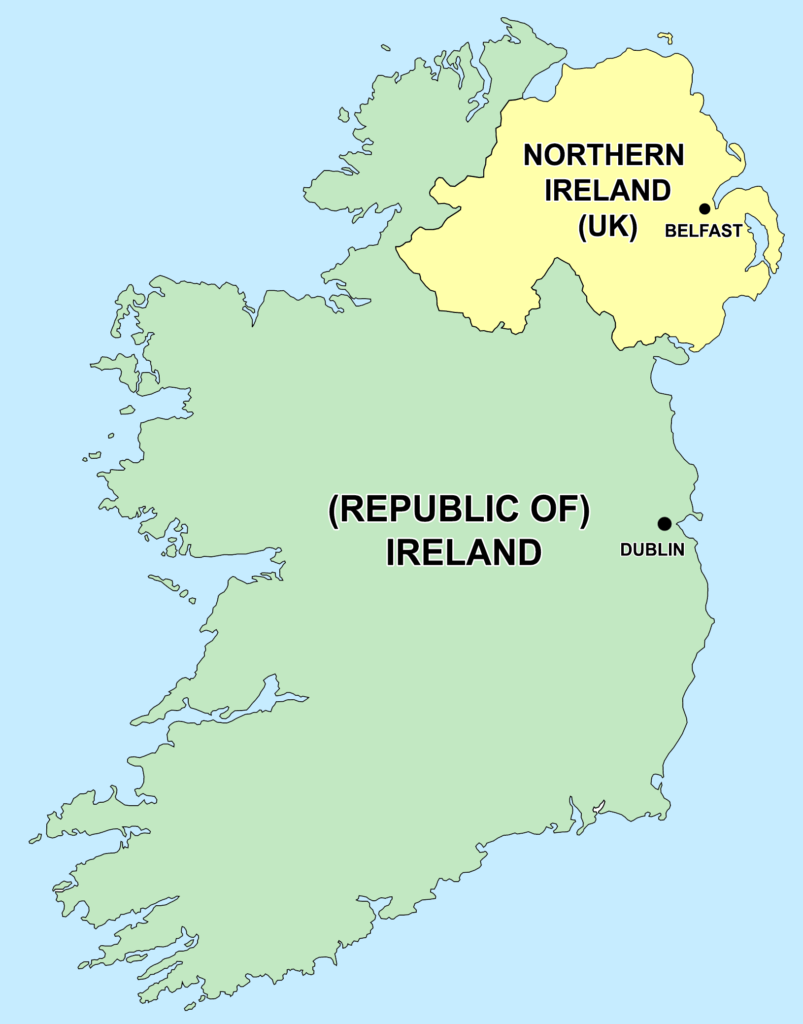
Ireland has a complicated and often tragic history. In 1921 after 800 years of British rule and several years of conflict the country was partitioned. The 26 mostly Catholic counties to the south became the Republic of Ireland and the six mostly Protestant counties to the north and loyal to Great Britain became Northern Ireland. It remained a part of the United Kingdom. Catholics in Northern Ireland were often discriminated against and treated as second class citizens. Inspired by the American Civil Rights movement in the 1960s, Catholics began to fight for their own rights in Northern Ireland. Their demands were for equal rights in jobs, housing and voting. At the time if you were a Protestant property owner in Northern Ireland and you owned 100 properties your vote was equal to 100 votes. The protests often led to violent and deadly clashes. Gangs and para military groups formed like the Provisional Irish Republican Army (IRA), The Ulster Defense Association (UDA) and The Ulster Volunteer Force (UVA). It is estimated that more than 3600 people died during the period of “The Troubles,” 1969-1998. More than half of the victims were innocent civilians who were not part of these para military groups and among those murdered more than 1300 still remain unsolved.
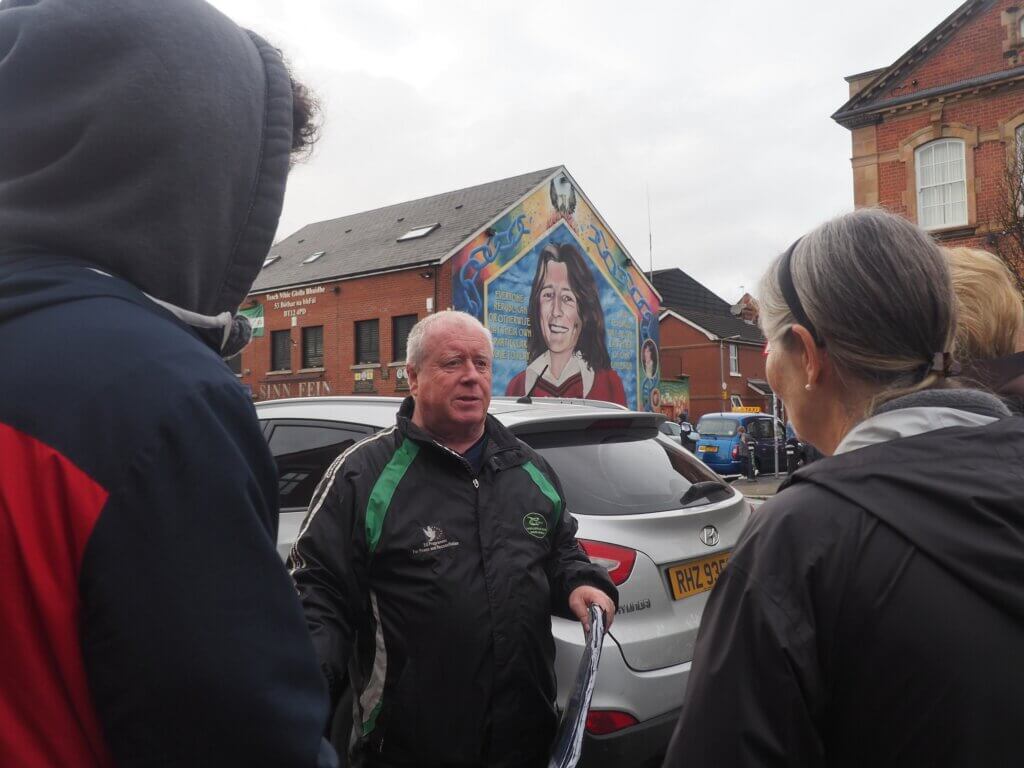
I had the opportunity to visit the West Belfast neighborhood that separates Protestant Shankill from Catholic Falls Road on a tour led by a former IRA member and a former member of the British military. No where is the divide more illustrated than in the neighborhood’s political murals and memorials to those who have fallen. “It was never about religion. It was always about colonialism, ” explained Robert, who leads the tour on the Falls Road Catholic side of the divide. “Irish Catholics were denied the right to vote. The Irish language and Catholicism was banned. When they built the walls in 1969, Catholic homes were destroyed. All of the police were Protestant loyalists, ” he added. Robert looks like he could be your favorite uncle. He is a former member of the Provisional IRA. A faction that spilt from the traditional IRA. He spent 12 years in prison for carrying illegal weapons.
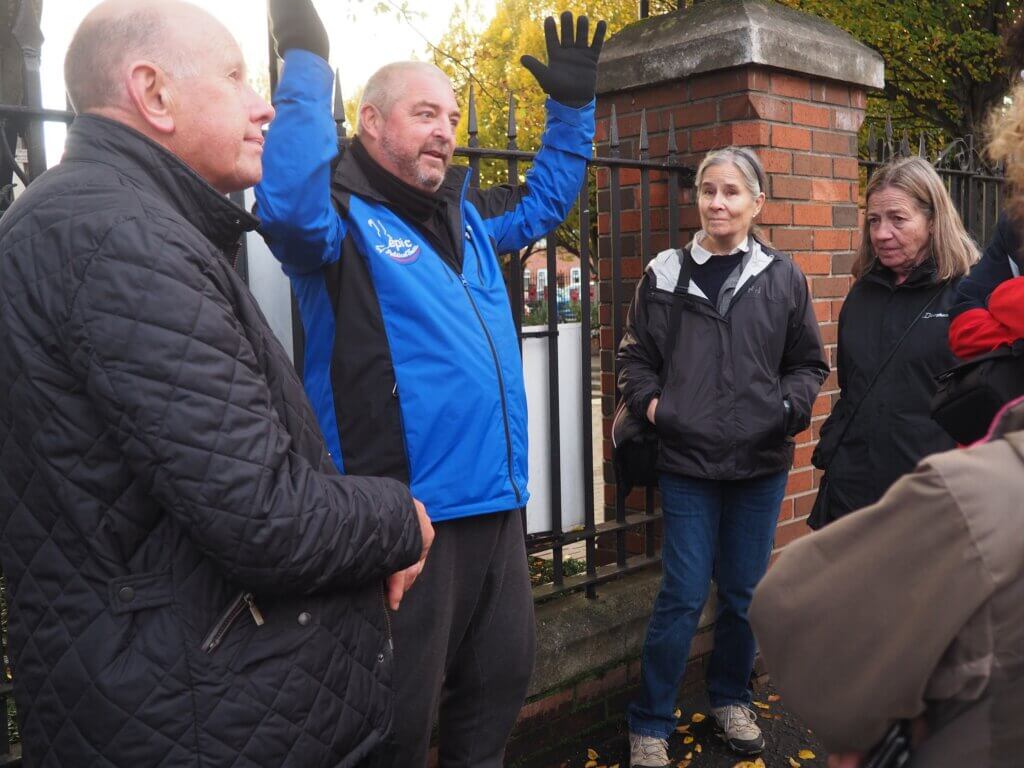
“Memories and suffering are raw and painful. The bombings caused people to be mentally and physically scarred and some were blinded for the rest of their lives. The people that they killed were moms, dads and children,” declares Mark, who leads tours of the Protestant Shankill Road side. Mark is serious and intense. He is a former member of the British military, who survived three attempts on his own life, including a bombing. “All you could hear were screams. We had to dig out body parts,” he painfully recalls.
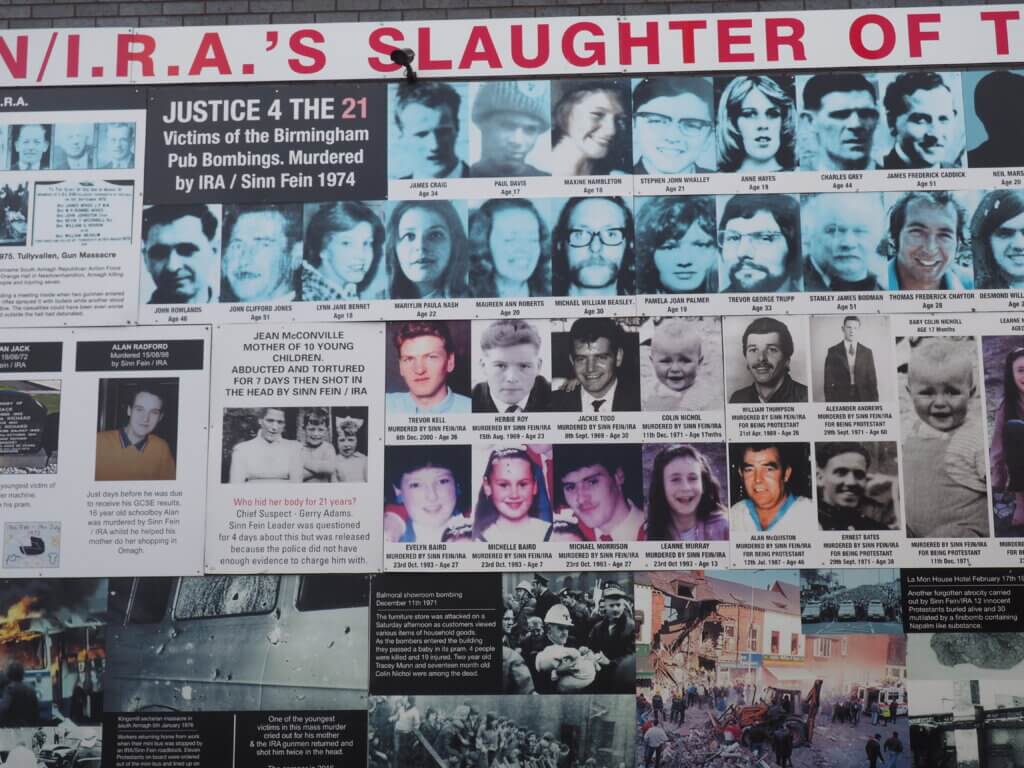
Planting bombs at places where suspected members of the UVA and UDA was a tactic the Provisional IRA used. They also planted them in England hoping to damage the British economy and force the British to leave Northern Ireland. One of the more high profile cases was the late Queen Elizabeth’s cousin, Lord Louis Mountbatten, who was killed on August 27, 1979 when a bomb was planted in his fishing boat. In retaliation for the bombings, Loyalists bombed and shot innocent Catholics .
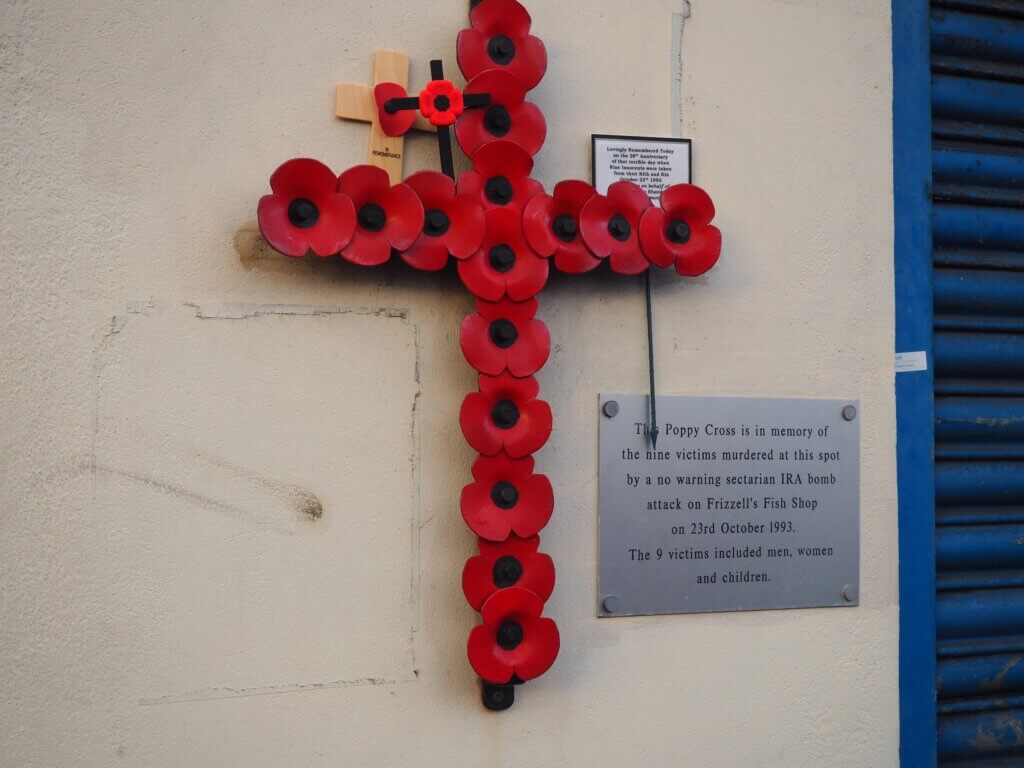
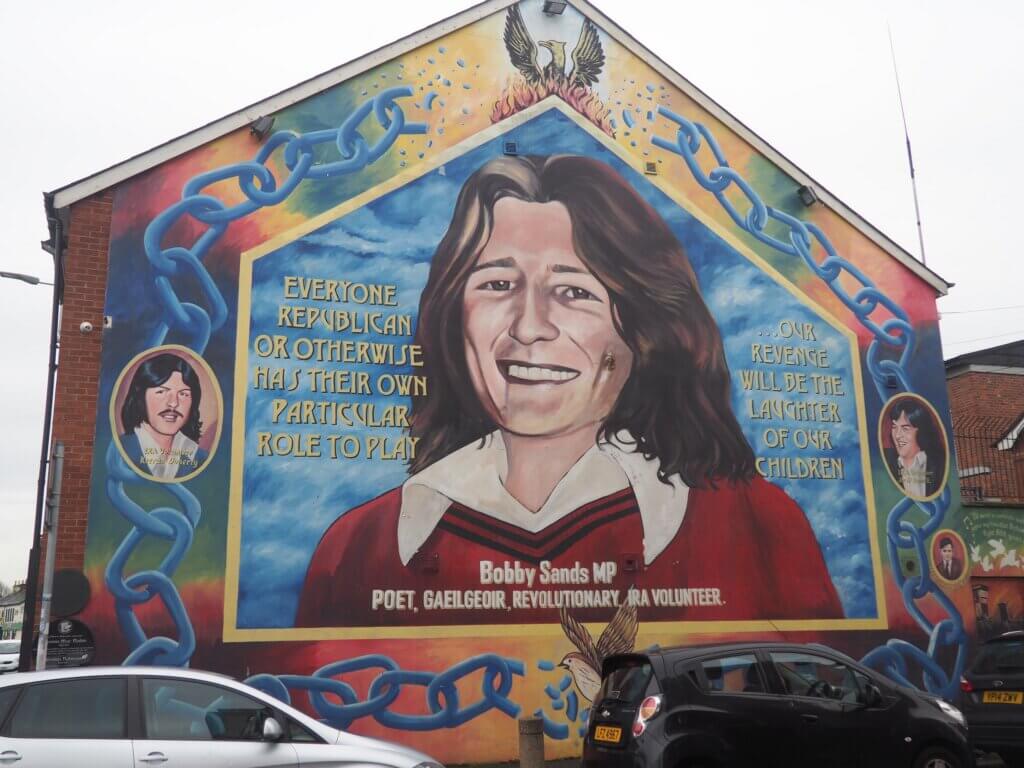
The most well known mural on Falls Road is that of IRA leader Bobby Sands. In 1981 Sands who had been imprisoned led a hunger strike with other IRA members. The strike drew worldwide attention and was credited with changing the course conflict. Sixty six days after beginning his hunger strike, Sands died on May 5, 1981. Ten other IRA prisoners also died on the strike.
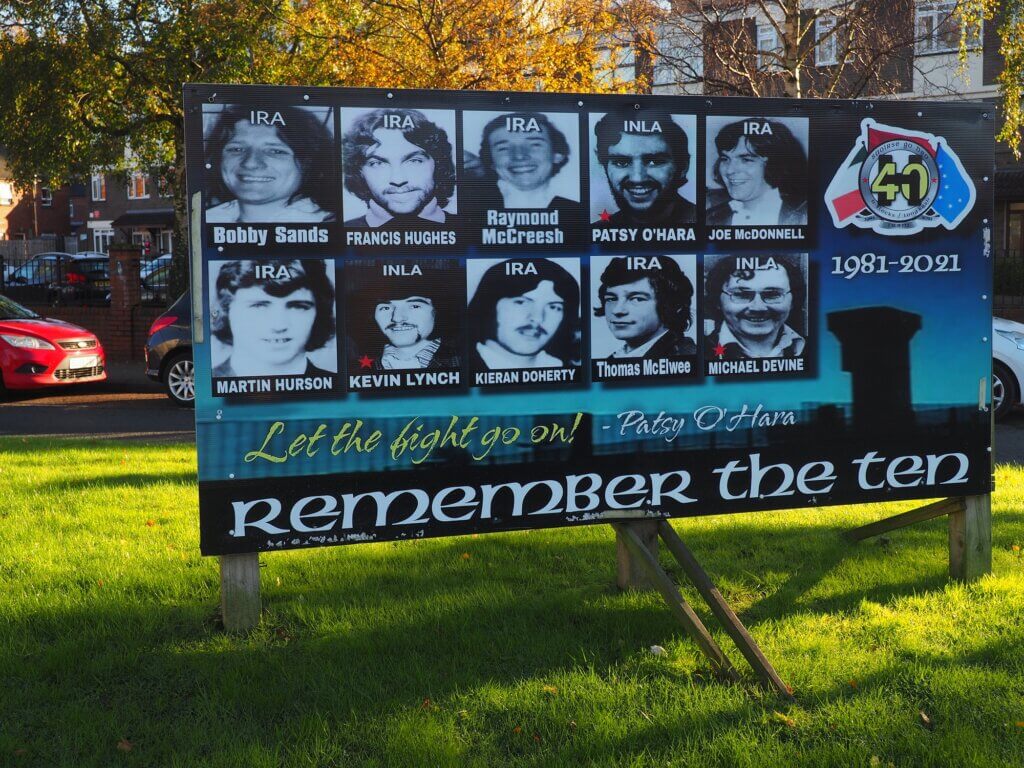
While Robert and Mark had opposing viewpoints on the conflict, both expressed concern about Brexit and the possibility of violence returning. While Britain chose to leave the European Union, 57 percent of Northern Ireland voted to remain. The United Kingdom’s exit threatens programs like the Peace and Reconciliation Fund for Ireland. Money from the funds were used to help bring Catholic and Protestant youths together. When asked if the walls would ever come down, Robert replied, ” My goal is to try and get the gates to stay open longer. If we can get them to stay open until 7:30 then we can try and get them to stay open until 8:00. We have to take baby steps.”
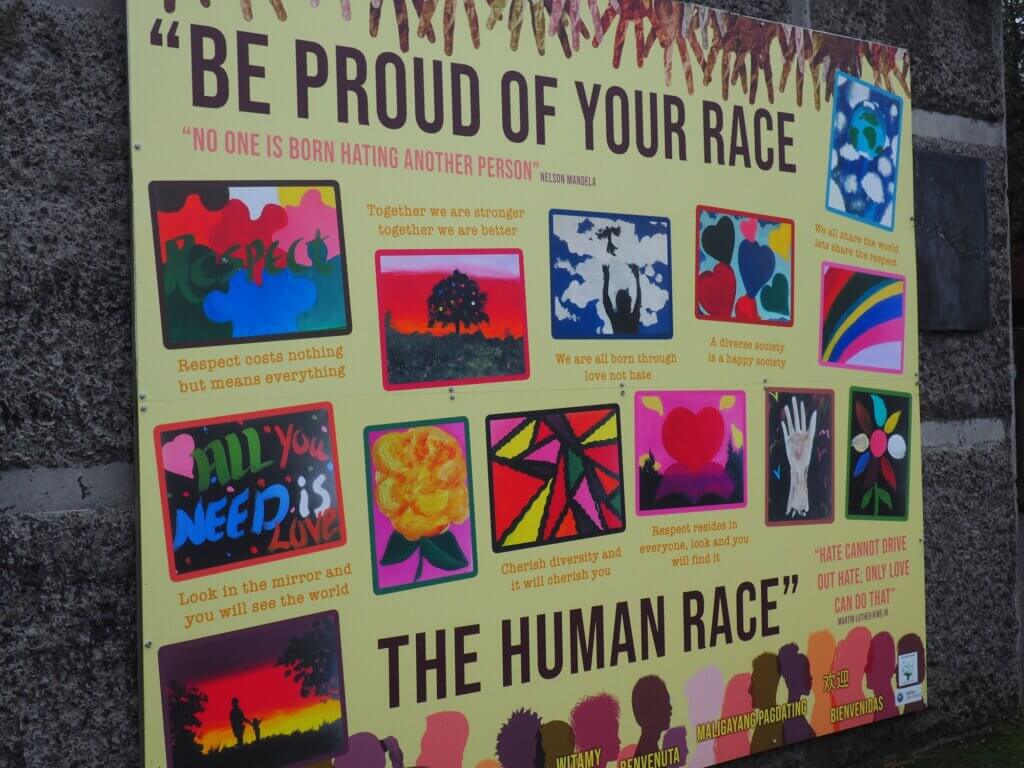
“Why would you want to go there? Is it safe?” Those are questions I often get when I visit places like West Belfast. Yes it is safe and personally, I think everyone should come to learn about what happened here. The Troubles were a complicated and and tragic period in Northern Ireland’s history and that story is still being written. As I found out, it is impossible for me to comprehend all the information and viewpoints in the short time that I was here, but what I did learn was that conflict hurts and kills innocent people, the trauma remains and no one wins.
There are many ways to visit the murals and memorials of West Belfast. You can book a Black Cab tour. I chose to the Belfast Political Tour Conflicting Stories with Robert and Mark. https://www.belfastpoliticaltour.com/